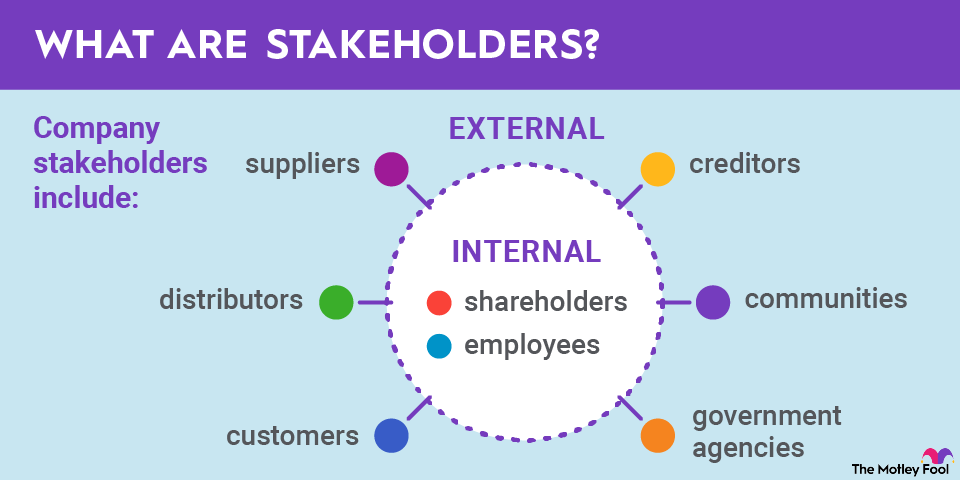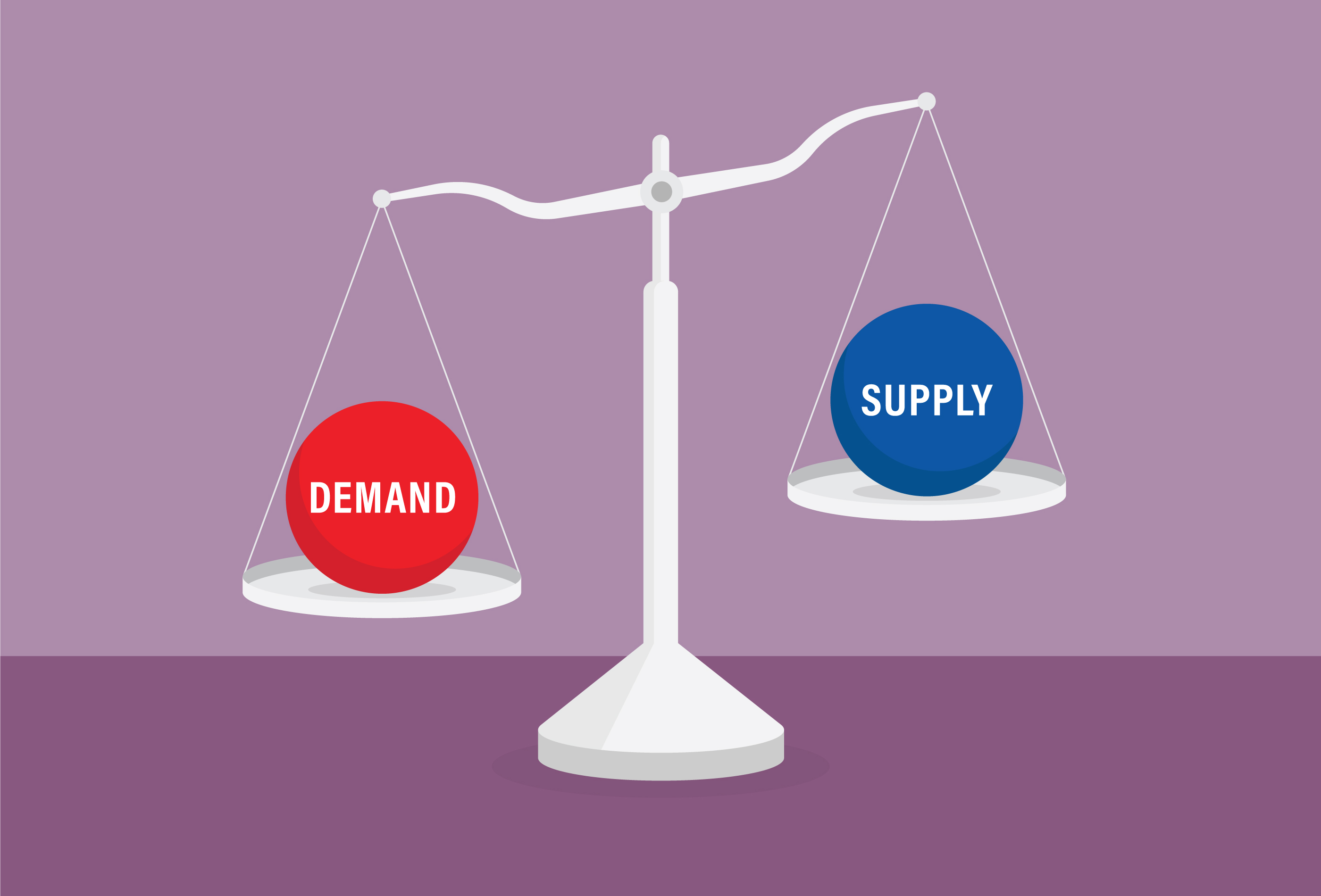When comparing bond funds, SEC yield can help you see which funds are offering a greater return. Developed by the Securities and Exchange Commission, this calculation is important for bond investors to understand.

What is SEC yield?
The SEC yield is a calculation that estimates the return an investor can expect from a bond fund over a 12-month period, assuming it continues earning at the same rate. It's also known as the standardized yield, and it allows you to compare expected returns from multiple bond funds. The calculation for SEC yield is based on the bond fund's dividend income and interest earned minus expenses and fees.
Issuers must calculate the SEC yield using the standardized formula for bond funds that fall under the SEC's jurisdiction. Most calculate a 30-day yield at the end of each month, but if it's a money market fund, the issuer will calculate a seven-day yield. While the SEC yield doesn't guarantee future performance, bond funds are fairly stable investments, and SEC yields are typically consistent.
How to calculate SEC yield
SEC yield follows a standardized formula. There are four variables to calculate the SEC 30-day yield of a bond fund:
- a = dividends and interest earned over the previous 30-day period.
- b = accrued expenses over the previous 30-day period, minus any reimbursements.
- c = the average daily number of shares outstanding during the previous 30-day period that were entitled to receive dividends.
- d = the maximum price per share on the last day of the 30-day period.
You can calculate the SEC yield by putting those four variables in the following formula:
SEC yield = 2 x (((a - b) / (c x d) + 1) ^ 6 - 1)
The resulting percentage is the estimated yield from that bond fund over the next 12 months. The yield will change if any of the underlying variables change, but it gives you an accurate idea of the fund's current performance.
Why SEC yield is useful for investors
Yield is one of the most important factors when investing in bond funds, but there are multiple ways to calculate it. For example, bond funds also have a distribution yield, which is calculated by multiplying the most recent distribution by 12 and then dividing that by the fund's net asset value (NAV). However, distribution yield isn't standardized, so you can't reliably compare it between one bond fund and another. It could also deliver skewed results after a period with a payment that was smaller or larger than usual.
Since SEC yield is standardized and regulated by the SEC, investors can trust that the same formula is being applied to each bond fund that uses it. Some would also argue that the SEC yield formula leads to more accurate results.
Ultimately, with fixed-income investments, knowing your approximate returns can help you manage your cash flow and build your portfolio. SEC yield isn't the only metric to look at -- fees are also important -- but you should use it as part of your decision-making process.
Related investing topics
Example of an SEC yield calculation
Imagine that over the most recent 30-day period, a bond fund earned $15,000 in dividends and $5,000 in interest, for a total of $20,000. It had $7,000 in expenses, but $3,000 of them were reimbursed, leaving $4,000 in net expenses. There are 175,000 outstanding shares entitled to receive distributions, and on the day of the SEC yield calculation, the highest share price was $80.
Here's how that would look plugged into the SEC yield formula:
SEC yield = 2 x ((($20,000 - $4,000) / (175,000 x $80) + 1) ^ 6 - 1) = 1.38%
That's the process you could follow to calculate it yourself. You can often find SEC yields for bond funds online, and there are also online calculators to handle the math for you.



















